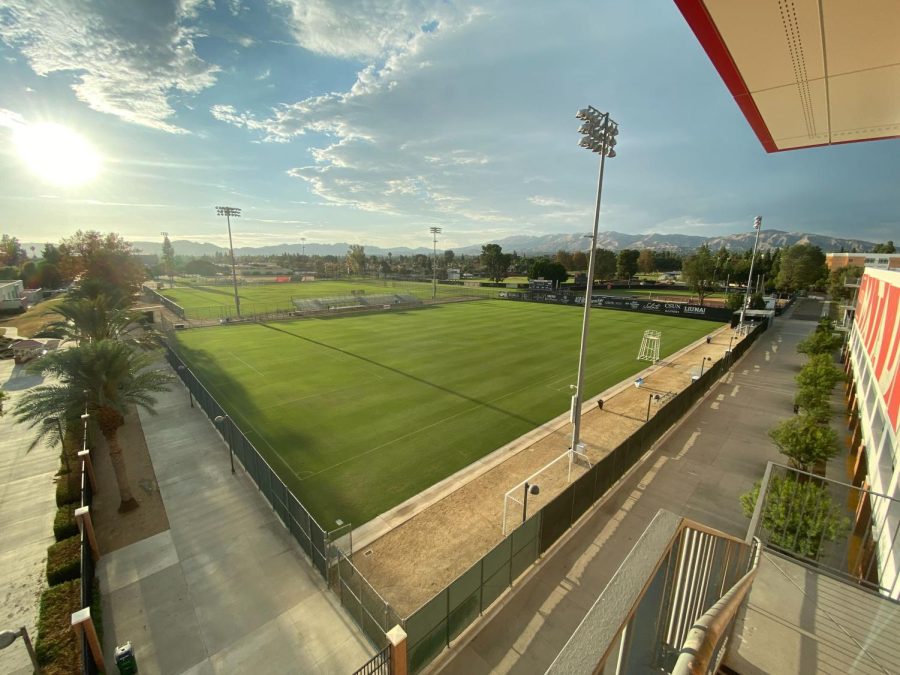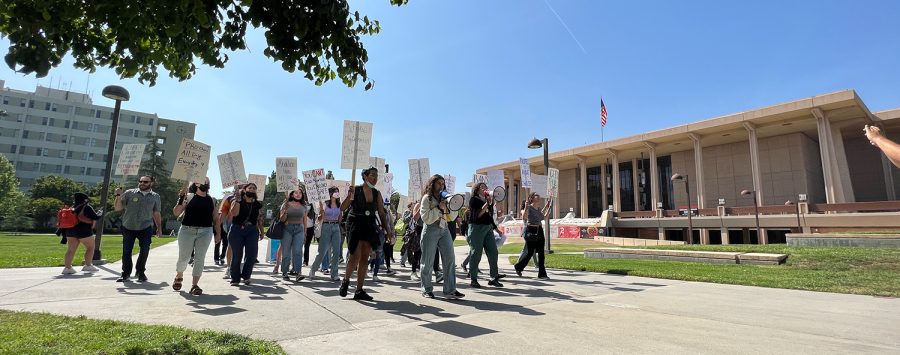It’s that time of year again! Spring in the Midwest, prairie lands, Deep South and east coast means tornado season is here. So far this season, record outbreaks have already taken place totally more than 100 in just the past week alone and more on the way.
So just how do these forces of nature form and why? Well scientists have been racking their brains over for years on why exactly do tornadoes form in some storms and not in others. Currently, there is no answer, just a lot of theories.
However, how they form is less of a complicated debate and has more of the popularity vote among scientists.
For those of you who really don’t understand these mysteries, the first thing to note is they can happen almost everywhere. In the United States, tornadoes have touched down in all 50 states. Yes, from 1950-2000 according to NOAA, Alaska has had four EF0’s.
Moving on, tornadoes tend to form on the back side of supercell thunderstorms or the SW portion of strong thunderstorms. Usually supercells, which are massive rotating storms, produce the more violent twisters.
These thunderstorms form along a dryline which divides the warm moist air from the gulf from the colder dry air coming down from the north. This is why chasers tend to target areas along the dryline for optimal targets for severe weather.
The National Severe Storms Laboratory stated a tornado starts out as a rotating column of air which is created by wind speed on the ground. As strong updrafts occur at the base of a storm, it begins to lift the horizontal rotating wind into a vertical stance about 2-6 miles into the towering thunderstorm. Most violent tornadoes form as the rotation increases.
Accompanying these beasts can be damaging straight line winds and softball size hail. Word to the wise: the bigger a hail stone is, the stronger the updrafts in a storm are. This is a vital clue as to what size tornado could form.
In order to figure out the magnitude of a tornado, scientist Theodore Fujita created the Fujita Scale which calculates wind speeds by how much damage results. This was put into use in the early 70’s and was recently enhanced for better accuracy.
Here are a few examples of measurement: EF0 and EF1 will break tree branches and tear off roof tiles. These are considered weak and the most common. 2/3 of all tornadoes are in this category. On the other hand, EF4 and EF5 are violent beasts which demolish buildings and account for almost all deaths by tornadoes.
If you ever happen to be in the middle of one of these things, make sure to seek shelter under ground or in a ditch if caught outside. Stay out of mobile homes/trailers and underpasses. A mobile home reacts with a storm similar to a Popsicle bird house held together with duct tape. Underpasses, near the top where the angle is narrow, creates a tunnel where wind speed doubles and can suck you out.
Just remember that even if you are not living in areas where twisters are prevalent, they can occur anywhere. So Cal is not exception, however, the largest tornado ever recorded in California was an F2 and we’ve had multiple amounts of those over the years.
It seems simple enough yet meteorologists who have spent their entire lives studying these great mysteries have found that it’s not at all predictable. Identical ingredients can be present for cooking up a twister but may never drop one. Who knows if we’ll ever know the magical question of why.





